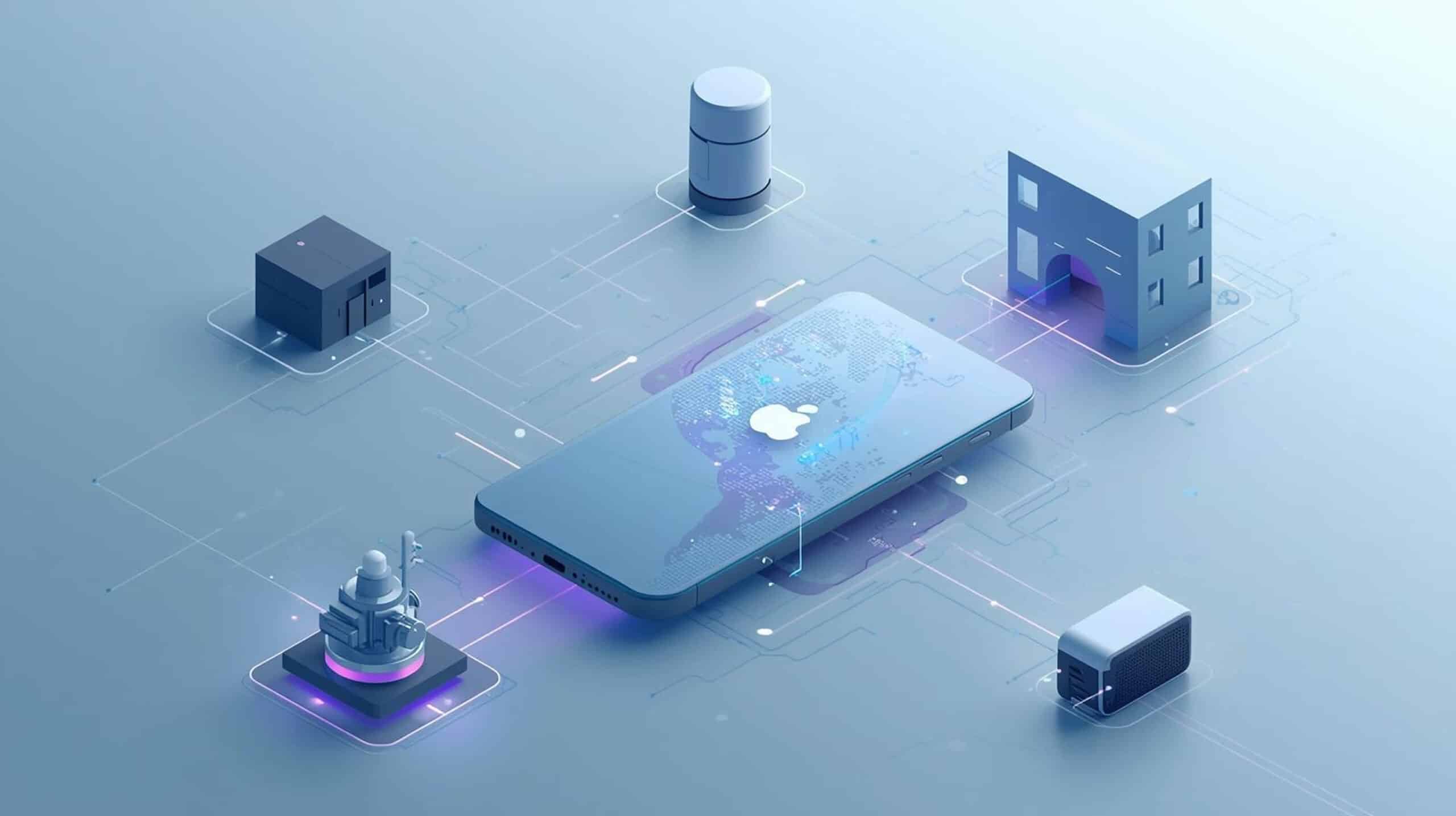As mobile applications increasingly serve as the command center for connected devices — from wearables and fitness trackers to smart home systems and industrial IoT solutions — the alignment of hardware and software has become a defining factor in product success.
While customers expect a seamless, invisible layer of connectivity, practitioners know the reality: hardware–software mapping is one of the most underestimated challenges in mobile development. The difference between a trusted product and a frustrating one often lies not in features, but in execution at this intersection.
This article examines the recurring friction points, and contrasts how native vs hybrid approaches perform in addressing them.
1. Pairing and Connectivity: The First Impression
Bluetooth pairing is the very first interaction customers experience with a connected device. When it fails, the entire product can be dismissed as unreliable.
- Observed issues: inconsistent device discovery, repeated disconnects, unpredictable behavior across OS versions.
- Underlying causes: fragmented Bluetooth Low Energy (BLE) standards, firmware misalignments, and permission handling that differs significantly between iOS and Android.
Native apps provide deeper control of system-level Bluetooth APIs, resulting in higher stability. Hybrid frameworks (Flutter, React Native) can achieve functional pairing but often depend on plugins or bridging layers, which may lag behind OS-level changes.

2. Data Synchronization: The Trust Factor
For connected devices, real-time data accuracy is non-negotiable. Delays or inconsistencies erode user confidence rapidly.
- Observed issues: lag in metric updates, offline data failing to merge correctly, sync discrepancies across devices.
- Underlying causes: OS-imposed background execution limits, network variability, and inefficient handling of queued data.
Native applications benefit from mature background task frameworks (e.g., iOS BackgroundTasks, Android WorkManager). Hybrid applications require additional engineering effort to prevent iOS suspension or Android throttling from breaking the sync pipeline.
3. Firmware and App Release Mismatches
One of the most damaging scenarios for customer experience is when firmware and mobile applications are updated out of sync.
- Observed issues: features disappear unexpectedly, devices become temporarily unusable, or customers are forced into repeated resets.
- Underlying causes: lack of coordinated release pipelines and insufficient regression testing across firmware–app combinations.
Here, native stacks offer tighter alignment with platform-specific behaviors, while hybrid stacks allow faster multi-platform deployment — but still require disciplined version management to avoid regressions.

4. Battery Optimization and Always-On Connectivity
Balancing persistent connectivity with acceptable battery consumption is a continuous trade-off.
- Observed issues: accelerated device battery drain, inconsistent connections when phones throttle background activity.
- Underlying causes: aggressive OS background task policies, poor optimization of BLE communication intervals, and inefficient data batching.
Native approaches provide granular control over Bluetooth Low Energy settings and background execution. Hybrid approaches can deliver efficient UI, but often require custom native modules for power-critical tasks.
5. Platform Fragmentation and Ecosystem Variability
The mobile ecosystem evolves rapidly, with each OS update introducing subtle but critical changes to APIs, permission handling, and background task policies.
- Observed issues: features that work flawlessly on one OS version fail on another, device-specific limitations cause unpredictable results.
- Underlying causes: OS fragmentation (particularly on Android), device hardware differences, and varying levels of vendor compliance.
Native stacks are inherently closer to the evolving platform APIs, reducing latency in adapting to changes. Hybrid stacks provide cross-platform consistency but may require supplementary native code to address deep hardware integration.
Native vs Hybrid: Comparative Assessment
| Dimension | Native (Swift/Kotlin) | Hybrid (Flutter / React Native) |
|---|---|---|
| Development Velocity | Slower; two distinct codebases | Faster; one codebase across platforms |
| UI/UX Fidelity | Platform-perfect, best responsiveness | Consistent cross-platform UI, highly productive |
| Hardware & BLE Integration | Direct API access, highly reliable | Dependent on plugins/bridges; requires native fallbacks |
| Background Task Management | Mature, OS-aligned, reliable | Possible, but requires advanced optimization |
| Performance & Latency | Near-optimal for real-time scenarios | Very good, but may exhibit overhead in critical paths |
| Battery Optimization | Fine-grained control, energy-efficient | Moderate; often needs native modules |
| Scalability & Maintenance | Higher effort to maintain two stacks | Simplified maintenance and faster iteration |
| Best Fit | Mission-critical, hardware-heavy products | UI-focused, cross-platform solutions with moderate hardware needs |
Strategic Guidance
- For hardware-intensive, mission-critical applications (medical devices, industrial IoT, professional-grade wearables), native stacks remain the gold standard for stability, control, and long-term maintainability.
- For UI-centric, consumer-grade applications where time-to-market and consistency are key, hybrid frameworks deliver excellent outcomes — provided that hardware-intensive functions are offloaded to native modules.
- For mixed scenarios, a hybrid–native blend is often optimal: hybrid frameworks for UI/UX speed, complemented by native modules for Bluetooth, background services, and power management.
Final Perspective
Hardware–software mapping is not an afterthought — it is the foundation of customer trust. Poor execution at this layer translates directly into user frustration, increased support costs, and brand erosion.
Organizations that recognize this and make deliberate technology stack choices — rather than defaulting to convenience — position themselves to deliver connected experiences that feel seamless, reliable, and future-ready.

